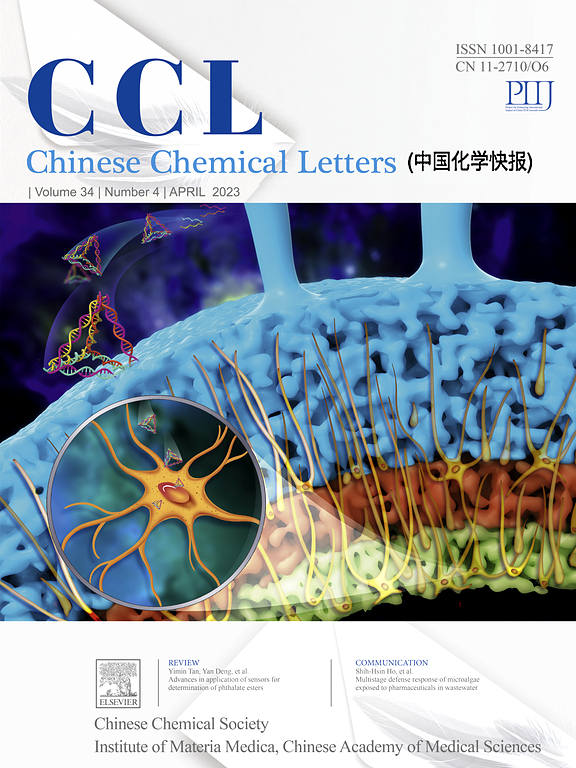Three-channel imaging reveals the comprehensive protein modifications and their impact on skin appearance induced by multiple stimuli
IF 8.9
1区 化学
Q1 CHEMISTRY, MULTIDISCIPLINARY
引用次数: 0
Abstract
Protein damage repair and prevention are important objectives in skin care industry. Skin protein damage or modifications such as glycation, carbonylation or oxidation, have a significant impact on its function, therefore directly influencing various skin functions or properties including skin appearance. However, there is a lack of comprehensive methods to visualize and assess the protein damage. In this article, we present a three-channel imaging approach to simultaneously visualize and quantitatively evaluate protein oxidation, protein glycation and carbonylation in a full-thickness skin model. We successfully visualized and quantified the impact of the multiple stimuli (ultraviolet radiation A (UVA) and/or methylglyoxal) as well as treatment effect of positive control (vitamins C and E) with this method. Our findings indicate that multiple stimuli exhibit synergistic effects on protein damage. Furthermore, we evaluated a unique combination of skin care ingredients which demonstrated an excellent efficacy in resisting protein damage. Further research revealed that three ingredients of the combination upregulate autophagy in cells, which may contribute to remove damaged proteins and maintain protein quality homeostasis. This method provides a holistic assessment of protein damages and can be employed to evaluate the impact of various stimuli or to assess the efficacy of skin care ingredients in mitigating such damage.

三通道成像揭示了多种刺激诱导的全面蛋白质修饰及其对皮肤外观的影响
蛋白质损伤的修复和预防是皮肤护理行业的重要目标。皮肤蛋白质的损伤或修饰,如糖基化、羰基化或氧化,对其功能有重大影响,因此直接影响各种皮肤功能或特性,包括皮肤外观。然而,缺乏全面的方法来可视化和评估蛋白质损伤。在本文中,我们提出了一种三通道成像方法,可以同时可视化和定量评估全层皮肤模型中的蛋白质氧化,蛋白质糖基化和羰基化。我们成功地可视化和量化了多重刺激(UVA)和/或甲基乙二醛)的影响以及阳性对照(维生素C和E)的治疗效果。我们的研究结果表明,多种刺激对蛋白质损伤表现出协同效应。此外,我们评估了一种独特的护肤成分组合,它在抵抗蛋白质损伤方面表现出极好的功效。进一步的研究表明,三种成分的组合上调细胞自噬,这可能有助于去除受损蛋白质和维持蛋白质质量的稳态。该方法提供了蛋白质损伤的整体评估,可用于评估各种刺激的影响或评估护肤成分在减轻这种损伤方面的功效。
本文章由计算机程序翻译,如有差异,请以英文原文为准。
求助全文
约1分钟内获得全文
求助全文
来源期刊

Chinese Chemical Letters
化学-化学综合
CiteScore
14.10
自引率
15.40%
发文量
8969
审稿时长
1.6 months
期刊介绍:
Chinese Chemical Letters (CCL) (ISSN 1001-8417) was founded in July 1990. The journal publishes preliminary accounts in the whole field of chemistry, including inorganic chemistry, organic chemistry, analytical chemistry, physical chemistry, polymer chemistry, applied chemistry, etc.Chinese Chemical Letters does not accept articles previously published or scheduled to be published. To verify originality, your article may be checked by the originality detection service CrossCheck.
 求助内容:
求助内容: 应助结果提醒方式:
应助结果提醒方式:


